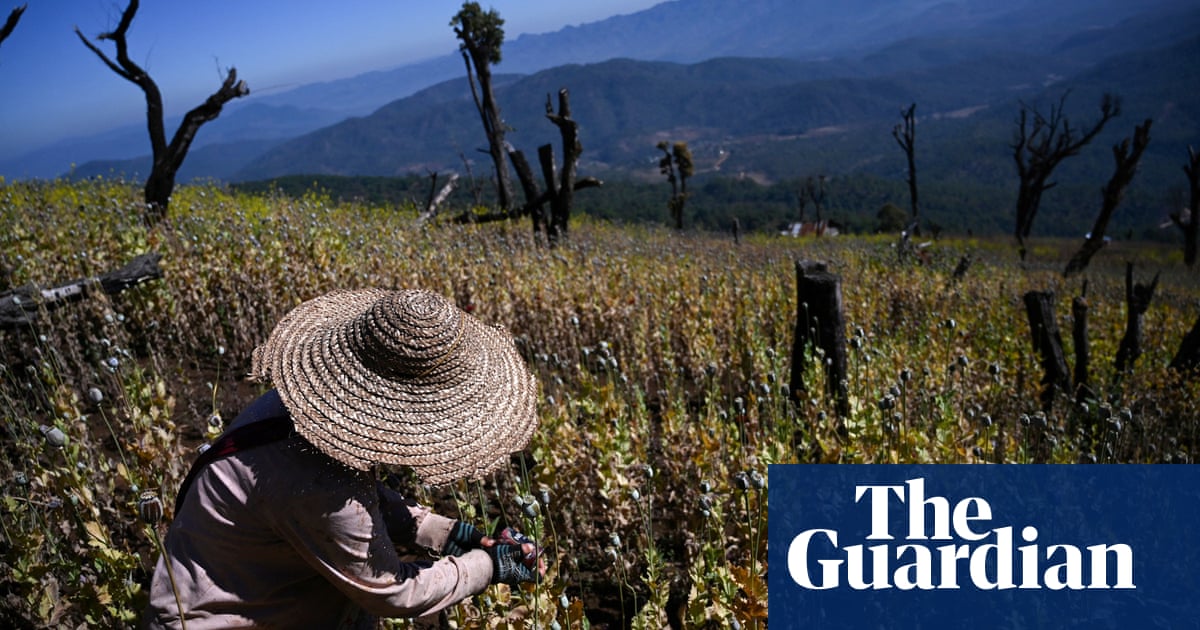Myanmar became the world’s biggest producer of opium in 2023, overtaking Afghanistan after the Taliban government’s crackdown on the trade, according to a United Nations report.
Myanmar produced an estimated 1,080 metric tonnes of opium – essential for producing heroin – this year, according to the latest report by the United Nations Office for Drugs and Crime (UNODC).
The figures come after opium production in Afghanistan slumped an estimated 95% to about 330 tonnes after the Taliban’s ban on poppy cultivation in April last year, according to UNODC.
The “Golden Triangle” border region between Myanmar, Laos and Thailand has long been a hotbed of illegal drug production and trafficking, particularly of methamphetamine and opium.
So what do the Afghan farmers grow now?
*Found in a different article:
Many farmers turned to cultivating wheat instead, with an overall increase of 160,000 hectares in cereal cultivation across the Farah, Hilmand, Kandahar, and Nangahar provinces. Though wheat cultivation may alleviate food insecurity to some extent, the crop generates much less income than opium – farmers in the four provinces lost around US$ 1 billion in potential income in 2023 by switching to wheat.
IIRC the Taliban successfully banned opium production in Afghanistan after the US left.
They successfully did it before then the US came with guns boosting the production to the top of the chart.
Then when they left, media literally start crying about the poor farmers like it is a bad thing.
This is the best summary I could come up with:
The “Golden Triangle” border region between Myanmar, Laos and Thailand has long been a hotbed of illegal drug production and trafficking, particularly of methamphetamine and opium.
Poor access to markets and state infrastructure as well as rampant inflation “appears to have played a significant role in farmers’ decisions in late 2022 to cultivate more poppy”, the report said.
UNODC said poppy cultivation in Myanmar was becoming more sophisticated, with increased investment and better practices – including improved irrigation and possible use of fertilisers – pushing up crop yields.
In Myanmar, the main cultivating area is Shan state, the northern part of which has been convulsed by fighting in recent weeks after an alliance of ethnic minority armed groups launched an offensive against the junta and its allies.
An array of ethnic armed organisations that can call on tens of thousands of well-armed fighters control swathes of the state, which the UN says is also south-east Asia’s primary source of methamphetamine.
In a rare admission earlier this year, the head of Myanmar’s Central Committee on Drug Abuse Control said its efforts to crush the trade were having no impact.
The original article contains 481 words, the summary contains 188 words. Saved 61%. I’m a bot and I’m open source!
90% of exports for Scotland





